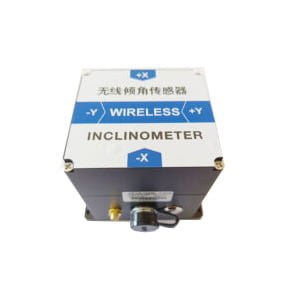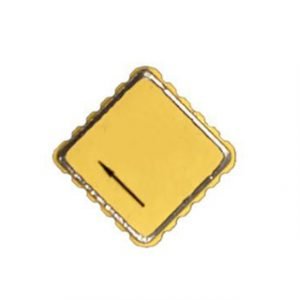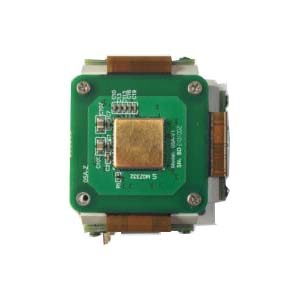The tilt sensor is widely used as an important sensor in the fields of instrument measurement, industrial automation, aviation and navigation. It can convert the magnitude of the tilt angle (non-electricity) into the corresponding energy output signal.
Tilt angle sensor is an important part of angle measurement and geometric measurement. The range of angle quantities is wide. The plane angle can be divided into the horizontal angle (or azimuth angle) in the horizontal plane, the vertical angle (or inclination angle) in the vertical plane, and the space angle is the horizontal angle and The synthesis of vertical angle; according to the range, it can be divided into circular indexing angle and small angle; according to the nominal value, it can be divided into fixed angle and arbitrary angle; according to the component unit, it can be divided into line angle and surface angle; according to the formation method, it can be divided into fixed angle angle and dynamic angle, fixed angle refers to the angle of the components processed or assembled, the angular position when the instrument returns to static after rotation, etc.; dynamic angle refers to the angle of an object or system during motion, such as the satellite orbit to the earth's equator The included angle of the surface, the axis angular drift when the spindle of the precision equipment rotates, and the real-time angle signal output by the angle measuring equipment when it moves at a certain angular velocity and angular acceleration.
How to install the tilt sensor?
There are certain skills in the installation of the inclination sensor. Generally, the inclination sensor will have a built-in zero adjustment, so the user can customize the zero adjustment button according to the requirements, so as to realize the function of zeroing at a certain angle. Before installing the inclination sensor, you need to determine your installation position and what angle you need to measure relative to which plane. Just fix the sensor on a certain plane, and use the zero button to realize the zero-clearing function before measurement, which is mainly for easy reading. Take the angle to reduce unnecessary errors.
1. The installation of the inclination sensor is divided into two types: horizontal installation and vertical installation, but whether it is horizontal or vertical installation, the installation surface of the sensor should be kept parallel to the surface of the measured object during installation, and the influence of dynamics and acceleration should be reduced at the same time. For example, horizontal installation is to place the tilt sensor horizontally on a plane, usually on the ground, desktop, etc. For example, vertical installation is to install the inclination sensor on a stable surface perpendicular to the ground, and it is common to install it on the wall. But in general, the inclination sensor is based on the ideal horizontal plane when it leaves the factory in order to be suitable for the public. However, the plane we use during installation is not necessarily an ideal plane. If it is only placed on a platform during installation, there will generally be an angle output at this time, indicating that the plane is not a horizontal plane, so we need to adjust it ourselves at this time. On the desktop, some people will suggest that the base of the fixed inclination sensor should be a plane that can be adjusted. Of course, this phenomenon also applies to vertical installations.
2. In addition to keeping the sensor installation surface parallel to the measured object surface, it is also necessary to keep the sensing line parallel to the axis of the measured surface, that is, the two axes cannot have an included angle.
3. The general inclination sensor has a built-in zero adjustment system. Customers can customize the zero adjustment button according to the requirements, so as to realize the zero setting performance at a certain angle, that is, the zero position button can be used to realize the zero reset performance before installation and use, which is convenient for reading the angle and reduces unnecessary errors.
More Technical Questions
1.Do you Know the Working Principle of Inclinometer ?
2.The Difference between Tilt Sensor and Gyro Sensor
3.What are Tilt Switches and Tilt Sensors?
4.Do you Know the Working Principle of Inclinometer ?
5.How to install the tilt sensor?
6.Accelerometer, Gyroscope and Magnetometer
Products in Article







